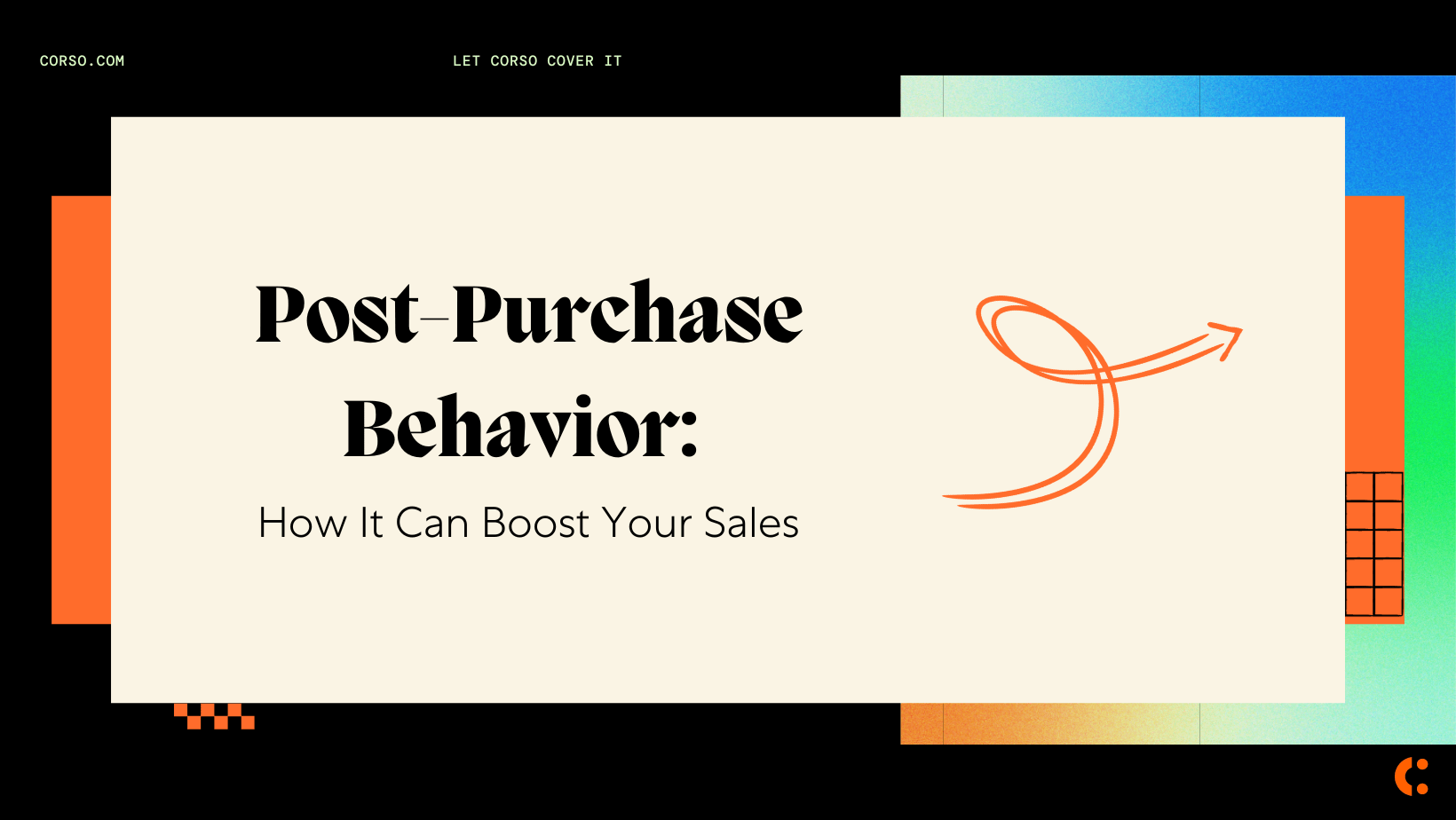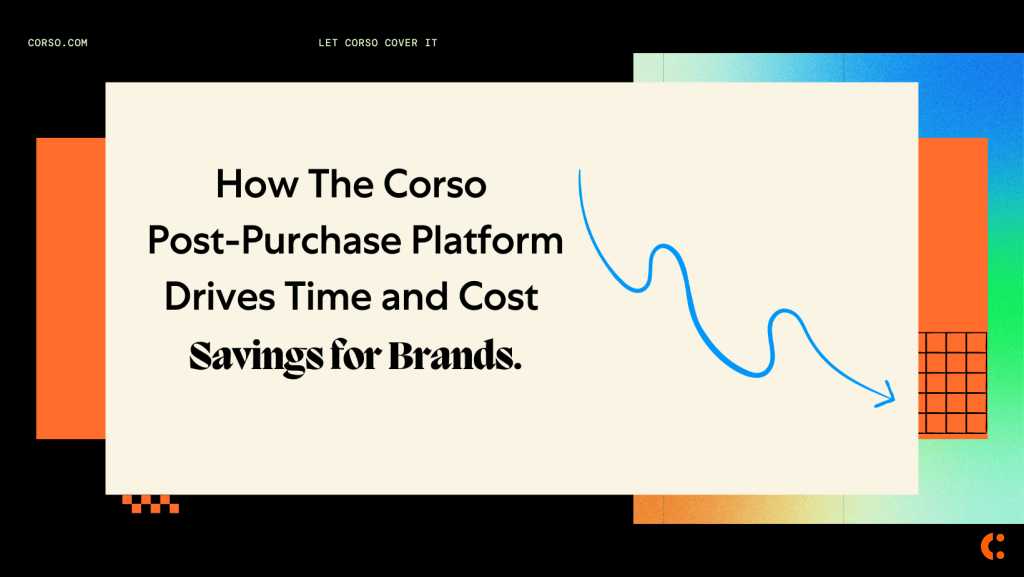Understanding post-purchase behavior isn’t only insightful; it’s a complete game-changer for boosting sales and fostering customer loyalty. The post-purchase phase, often overlooked, is a crucial stage where customer behavior can be strategically influenced to drive repeat business and advocacy. In this article, we’ll take a closer look at how harnessing post-purchase behavior can be the key to unlocking sustained sales growth, creating a stellar customer experience, and boosting your sales.
The Core of Post-Purchase Behavior
Understanding post-purchase behavior begins with recognizing that the customer journey doesn’t end at the checkout. It extends into the post-purchase phase, where customers transition from buyers to brand advocates. This phase includes all of their actions, sentiments, and interactions after completing a purchase, all of which can tell your brand a lot about what it is doing well, and the areas to improve on.
Crafting a Seamless Post-Purchase Experience
Order Confirmation and Tracking
The post-purchase experience starts with clear, relevant, and informative communications. This begins with the order confirmation and shipping updates. Providing real-time tracking updates not only keeps customers informed but also sets the stage for a positive interaction. Not to mention, order confirmation emails have a 70% open rate, therefore it’s important to use this email to make the customer feel valued and encourage further communications. Along with shipping and tracking information, ensure the brand provides customers with important information regarding any shipping issues such as relevant contacts or package protection provider information if applicable.
Learn how Corso Green Shipping Protection is enhancing the post-purchase experience.
Personalized Thank-You Notes
As mentioned above, acknowledging a customer’s purchase with a personalized thank-you note goes beyond formality. It creates a sense of appreciation and sets the tone for a memorable post-purchase engagement. This can be included in the confirmation email or can be written separately. However, it’s important to map all of these communications to ensure the brand does not overcommunicate and end up in the spam folder.
Requesting Feedback
Encouraging customers to share their experiences through feedback and reviews is a powerful tool. Positive reviews serve as social proof, influencing potential buyers, while constructive feedback aids in continuous improvement. Just look at Amazon and how effective their review section is. An effective way to request feedback is to send an email a short while after delivery asking how they like the product or service along with any tips or how-tos on getting the most out of the product or service, including an easy-to-fill-out review form. This not only shows the brand cares beyond the checkout, but customers are also more likely to leave a review when it’s made simple and have been offered helpful information about their purchase. Another way to encourage customer reviews is to offer a reward such as a discount or points towards a loyalty program in exchange for their review. The timing of sending an email requesting feedback is crucial. It’s important to avoid sending the request too early, as customers may not have had sufficient time to properly use their purchase, leading to potential irritation. Likewise, sending the request too late diminishes the likelihood of receiving reviews as the initial enthusiasm wanes over time. This time window is dependent on the business and product. Clothing brands may have a much shorter request time compared to a software or gadget brand.
Leveraging Cross-Selling and Upselling Opportunities
Tailored Recommendations
Analyzing post-purchase behavior allows for the curation of personalized product recommendations. Leveraging data on past purchases improves the likelihood of successful cross-selling and upselling. For example, recommending new products that could complement a customer’s previous order or bundling their previous favorite products.
Exclusive Offers and Loyalty Programs
Post-purchase is the perfect moment to introduce customers to exclusive offers or invite them to join loyalty programs. This not only incentivizes future purchases but also strengthens the bond between the brand and the customer. VIP and rewards programs are incredibly effective and allow customers to collect points with purchases, follows, reviews, shares, etc, with which the points lead to discounts, free shipping, gifts, exclusive access or events. Loyalty programs have also proved effective in increasing customer lifetime value (CLV).
To learn more about the post-purchase experience and strategies on how to improve, see our complete guide on the post-purchase experience.
Managing Returns and Exchanges Efficiently
Streamlining Return Processes
Efficient handling of returns and exchanges is integral to post-purchase satisfaction. A smooth and efficient returns system not only instills confidence in customers but also demonstrates a commitment to their satisfaction. By simplifying the return journey, brands minimize the hassle for customers, fostering loyalty and trust. A well-optimized returns process reflects positively on the brand’s customer-centric approach, encouraging repeat business and positive word-of-mouth. It’s also important to clearly communicate these returns processes on the website for customers to access before they purchase such as in the website footer, or linked in the product listing.
Addressing Customer Concerns
When brands actively listen and promptly resolve any issues or queries raised by customers, it not only ensures their satisfaction but also strengthens the brand-customer relationship. Taking a proactive approach to customer concerns demonstrates a commitment to providing exceptional service, instills confidence, and enhances trust in the brand. Brands that prioritize addressing customer concerns not only salvage potentially negative experiences but also have the opportunity to turn dissatisfied customers into loyal advocates.
The Impact on Brand Loyalty and Advocacy
Building Trust Through Consistency
When brands consistently deliver on their promises, whether in terms of product quality, service, or communication, customers develop a sense of reliability and dependability. This consistent approach fosters trust, a fundamental element in any successful brand-customer relationship. Trust is a key driver of loyalty, encouraging customers to choose a brand repeatedly. Consistency in delivering a positive post-purchase experience not only solidifies the brand’s reputation but also contributes to the creation of brand advocates who are likely to recommend the brand to others.
Encouraging Advocacy
Following on from above, satisfied customers become brand advocates. Satisfied customers who advocate for a brand not only contribute to its reputation but also influence potential buyers. The act of sharing positive experiences on social media or participating in referral programs builds a community of loyal supporters. This advocacy not only enhances the post-purchase journey for existing customers but also attracts new ones, creating a cycle of positive brand perception.
Implementing Data-Driven Strategies
Analyzing Customer Behavior Data
Leveraging data analytics to understand post-purchase behavior is pivotal. By analyzing data patterns such as purchase history, preferences, and engagement, brands can gain valuable insights into customer behavior. Understanding these patterns enables personalized communication, allowing brands to tailor post-purchase interactions, recommend complementary products, and implement targeted marketing strategies. Additionally, data analysis aids in identifying trends, optimizing inventory management, and enhancing overall customer satisfaction. In summary, harnessing customer behavior data empowers brands to make informed decisions that not only meet but exceed customer expectations, ultimately driving increased sales and fostering a positive post-purchase journey.
Iterative Improvements
Adopting a continuous improvement mindset, brands can refine their strategies based on ongoing insights from customer behavior data. This iterative approach allows for real-time adjustments to marketing tactics, customer communications, and overall post-purchase processes. Whether it’s optimizing the user interface, tailoring product recommendations, or fine-tuning customer support, iterative improvements ensure that the brand remains agile and responsive to evolving customer expectations. This commitment to ongoing enhancement not only solidifies the brand’s understanding of post-purchase behavior but also positions it for sustained success in a competitive eCommerce landscape.
Conclusion
In conclusion, recognizing the significance of post-purchase behavior is a strategic imperative for any eCommerce business. The actions and experiences customers undergo after making a purchase play a pivotal role in determining brand loyalty, repeat business, and advocacy. By crafting a seamless post-purchase journey, leveraging cross-selling opportunities, efficiently managing returns, and analyzing customer behavior data, brands can not only boost sales but also create a customer-centric ecosystem. Embracing the potential of post-purchase behavior is not just a strategy; it’s a commitment to elevating the overall customer experience and driving sustained business growth.
Crew by Corso:
Returns, Exchanges, Warranties and Tracking
One hub for a more unified post-purchase experience.







